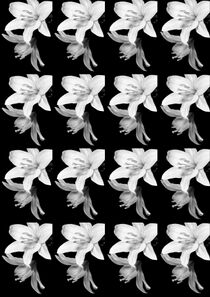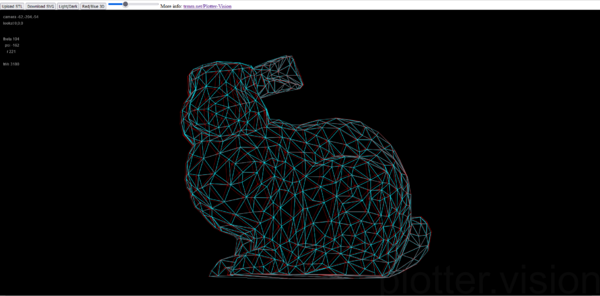User:Thijshijsijsjss/PTMoMNBM/Pen Plotted 3D Movie
< User:Thijshijsijsjss | PTMoMNBM
Revision as of 11:13, 21 June 2024 by Thijshijsijsjss (talk | contribs) (Fill in part of the template)
What is it?
This project concerns a 3D movie that consists of non-digital, all-pen plotted frames: a large 'flipbook' with offset images that are plotted in red / cyan, so that a 3D effect emerges when one looks at the moving frames with 3D glasses. The movie conerns a yet to be decided on topic. It will most likely last no longer than 5 seconds (assuming 'intended' revolution speed of flipbook). The movie is then accompanied by a screening
Why make it?
Workflow and Timetable
TBD
Rapid prototypes
Previous practice
This example project is not mine, but Alessia's. I think it conveys the potential in pen plotted animations well:

|

|

|
Find Alessia's dedicated project page on pen plotted flipbooks here
Relation to a wider context
3D film obviously has a long history. There have been many attempts to simulate 3D effects, one of which being the flimsical red/blue glasses. A nice entry point into some more experimental 3D effect is this Tom Scott video on the Pulfrich effect. Flipbooks, as well, have a long history. In our case, the mutoscope might be of interest. With Joseph, I looked at a project that projects 3D renders to 2D vectors. This is part of a larger research endeavor of ours to create software for SVG to HPGL conversion.

Screenshot of plotter vision, with the red / blue 3D mode
Choices made
The most impactful decision for this project is whether or not the frames should be digital or not. Physical frames mean: * a physical device is needed to show the animation * the 3D effect will be more difficult to convey, as the frame transitions aren't as smooth as for digital frames * the length of the film is greatly limited (to that of the carousel that holds the frames) * it is a For these reasons, a similar project but with digitized pen plotted frames should be considered also. However, there is an important reason to go for physical frames: the nature of pen plotting. Part of the allure of these devices is their (performance through their) mechanical nature. A physical screening can be an extension of this.
